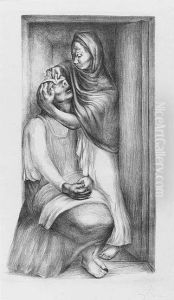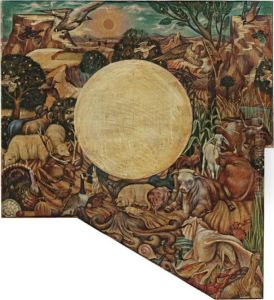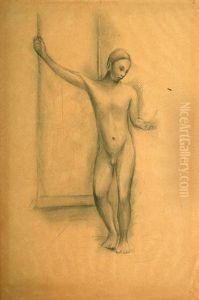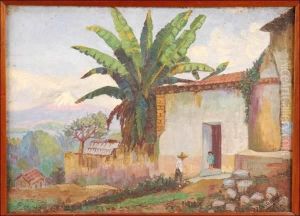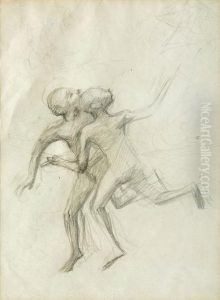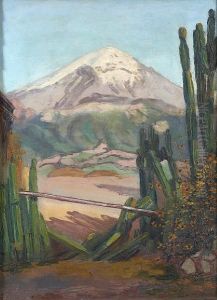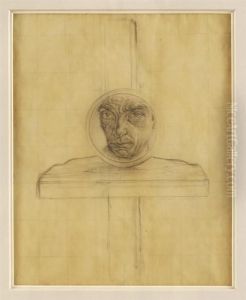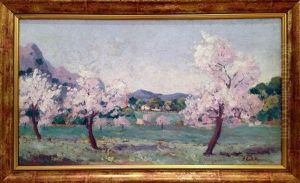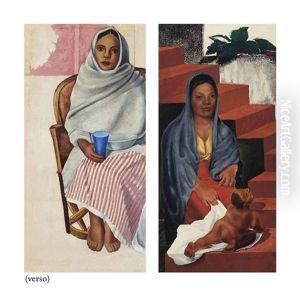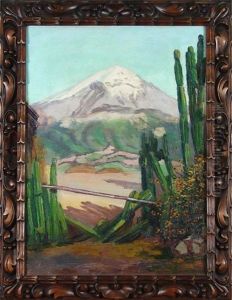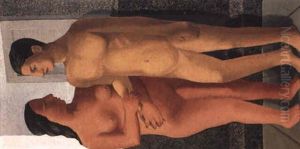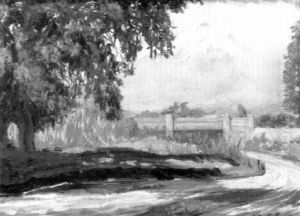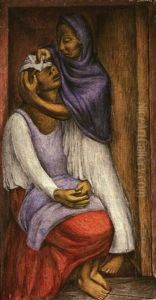Julio Castellanos Paintings
Julio Castellanos is a notable figure in Mexican art history, born on September 18, 1905, in Guadalajara, Jalisco, Mexico. He was a painter and engraver who contributed significantly to the Mexican art scene during the first half of the 20th century, a period known for its rich cultural renaissance following the Mexican Revolution.
Castellanos showed an early interest in art and began his formal education at the Free School of Sculpture and Carving in Guadalajara. Seeking to expand his knowledge and skills, he moved to Mexico City in 1923. There, he continued his studies at the Academy of San Carlos, which was a center for artistic growth during that era. He was influenced by his contemporaries as well as by the muralist movement, which included prominent figures like Diego Rivera, José Clemente Orozco, and David Alfaro Siqueiros. Despite the strong pull of muralism, Castellanos chose to focus primarily on easel painting and printmaking.
Throughout his career, Castellanos was known for his technical skill and versatility. He worked in various mediums, including oil, watercolor, and engraving. His subject matter ranged from portraits and landscapes to works that reflected the social and political turmoil of his time. He is particularly remembered for his sensitive and expressive portraiture, which captured not just the likeness but also the essence of his subjects.
Castellanos was part of the 'Los Contemporáneos' group, a collective of writers and artists who sought to bring modernist ideas and aesthetics to Mexican art and literature. Despite his alignment with modernist thought, his work often retained a sense of the traditional, merging international styles with local themes.
Tragically, Julio Castellanos's life and career were cut short when he passed away on November 23, 1947, in Mexico City. Although his career spanned just over two decades, his work left a lasting impression on Mexican art. Today, Castellanos is celebrated for his contributions to portraiture and his role in the broader tapestry of Mexican modernism. His works are held in various public and private collections, ensuring that his artistic legacy continues to be appreciated and studied.
